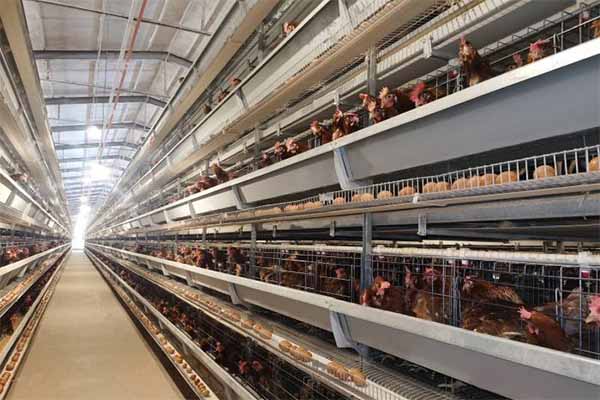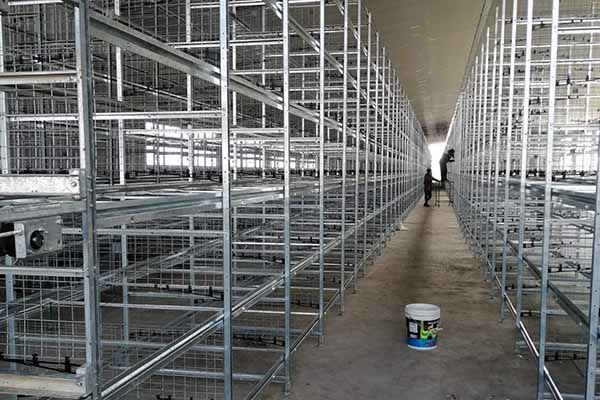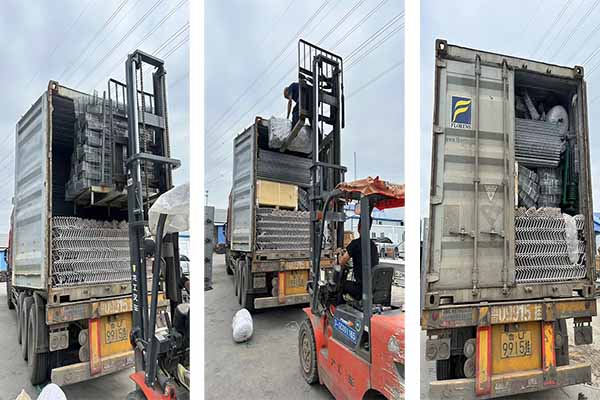Automatic Poultry Cage Systems in Uganda: Enhancing Efficiency and Productivity
Time : 2025-06-24
In recent years, Uganda has seen a significant growth in the poultry industry. This growth has been driven by the increasing demand for poultry products and the government’s initiative to boost agricultural productivity. One of the key technologies that have contributed to this growth is the implementation of Automatic Poultry Cage Systems. This article explores the benefits of these systems in Uganda, their operational aspects, and how they contribute to the overall efficiency and productivity of the poultry sector.

Introduction to Automatic Poultry Cage Systems
Automatic Poultry Cage Systems are sophisticated systems designed to enhance the management and welfare of poultry. These systems are characterized by their ability to automate various processes such as feeding, watering, cleaning, and ventilation. By integrating these functions, they reduce manual labor, improve biosecurity, and create optimal conditions for poultry growth and health.
Market Growth in Uganda
Uganda’s poultry industry has experienced a remarkable expansion, with the country being one of the leading producers of poultry products in East Africa. The demand for chicken meat and eggs has been growing steadily, driven by a rising population and changing dietary preferences. To meet this demand, the industry needs efficient and sustainable methods of poultry farming.
Benefits of Automatic Poultry Cage Systems
The adoption of Automatic Poultry Cage Systems in Uganda offers several benefits:

- Improved Productivity: Automation of key processes allows farmers to produce more birds in less space, optimizing land use and reducing labor costs.
- Enhanced Biosecurity: These systems help prevent the spread of diseases by limiting human contact and ensuring that poultry are kept in controlled environments.
- Better Animal Welfare: Automated systems provide optimal conditions for poultry, reducing stress and improving overall health.
- Cost-Effectiveness: Although the initial investment may be high, the long-term savings on labor, feed, and healthcare costs can make these systems financially viable.
Operational Aspects of Automatic Poultry Cage Systems
Implementing Automatic Poultry Cage Systems involves several key operational aspects:
Design and Layout
The design of an Automatic Poultry Cage System should be tailored to the specific needs of the farm. Factors such as the type of poultry, climate, and available resources should be considered. The layout should allow for easy movement of birds, access for maintenance, and efficient use of space.

Feeding Systems
Feeding systems are crucial in Automatic Poultry Cage Systems. They should provide a consistent and balanced diet to the birds, ensuring optimal growth and health. Modern systems often use automated feeders that dispense feed at predetermined intervals, reducing the risk of overfeeding or underfeeding.
Watering Systems
Water is essential for poultry health. Automated watering systems ensure that birds have access to clean, fresh water at all times. These systems can be designed to provide water through drippers or nipple drinkers, which minimize waste and reduce the risk of disease transmission.
Cleaning and Ventilation
Cleaning and ventilation are critical for maintaining hygiene and reducing disease risk. Automated systems can be equipped with automated cleaning mechanisms that use water and disinfectants to clean the cages and surrounding areas. Additionally, controlled ventilation systems help maintain the ideal temperature and humidity levels for the poultry.
Challenges and Solutions
Despite the numerous benefits of Automatic Poultry Cage Systems, there are challenges that farmers in Uganda may face:
- High Initial Investment: The cost of setting up an automated system can be prohibitive for small-scale farmers. Solutions include seeking financial assistance through government programs or private loans.
- Training and Technical Support: Farmers may require training on how to operate and maintain the systems. Collaborating with manufacturers or local agricultural extension services can provide the necessary training and support.
- Energy Consumption: Automated systems can be energy-intensive. Investing in renewable energy sources or energy-efficient technologies can help mitigate this challenge.
Conclusion
Automatic Poultry Cage Systems have the potential to revolutionize the poultry industry in Uganda. By improving productivity, enhancing biosecurity, and ensuring better animal welfare, these systems can help meet the growing demand for poultry products. While challenges exist, they can be addressed through proper planning, training, and support. As the industry continues to evolve, the adoption of these advanced systems is likely to become increasingly common, contributing to the overall growth and sustainability of Uganda’s poultry sector.











